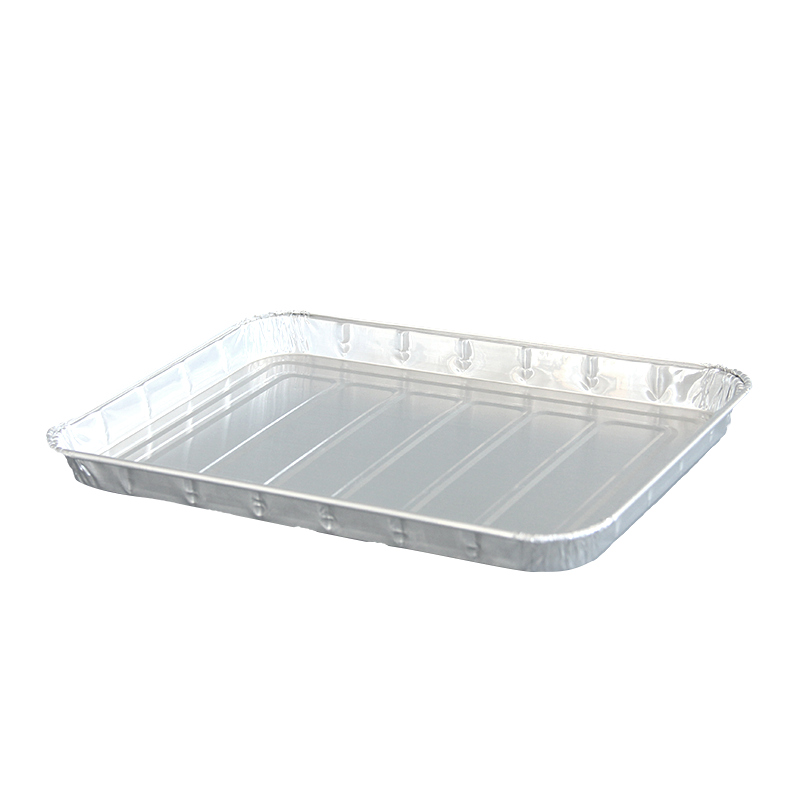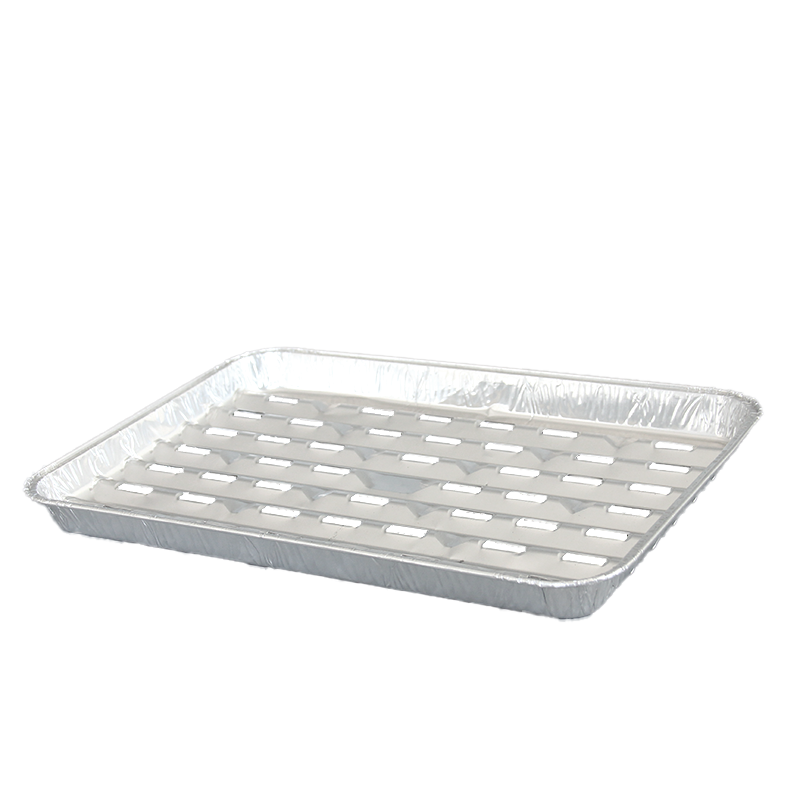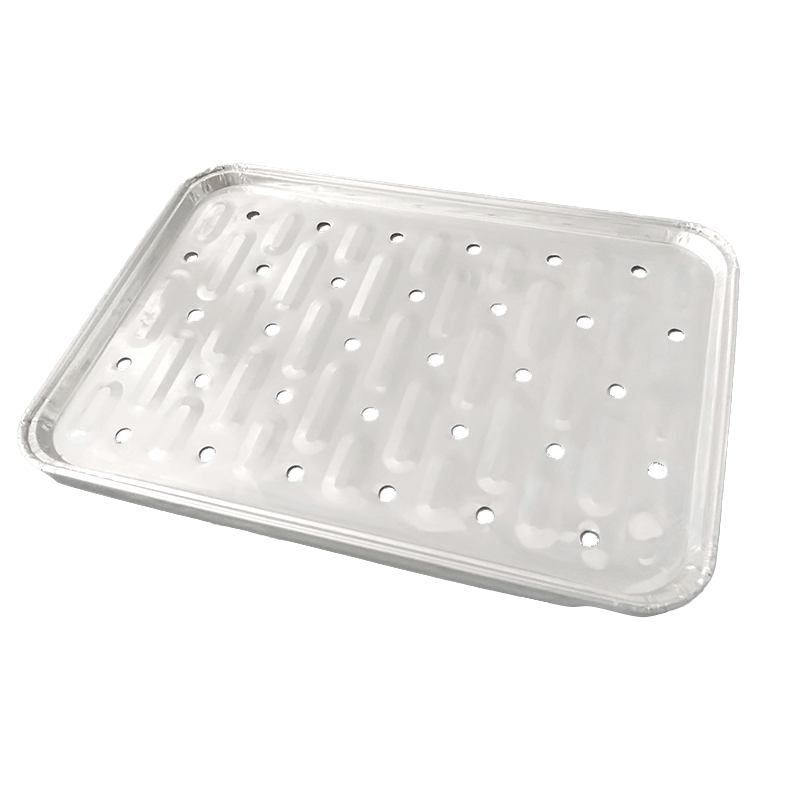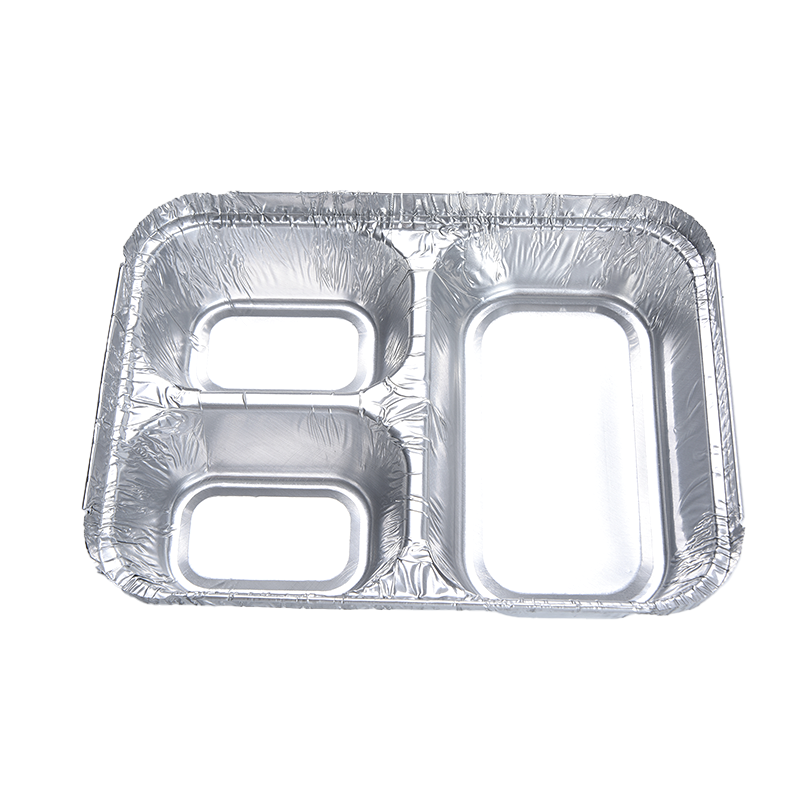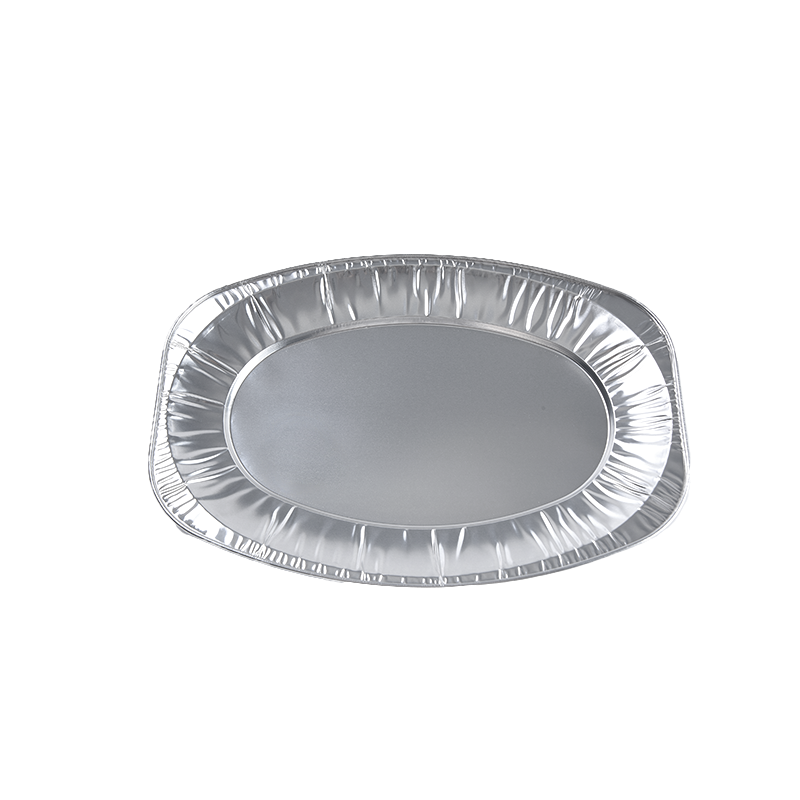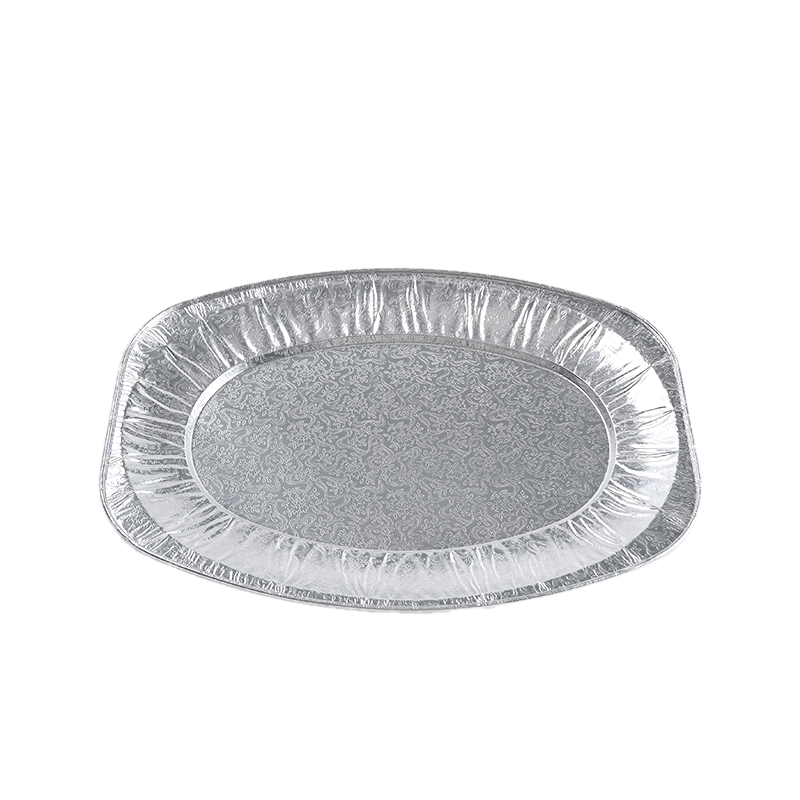Automatic Feeding Machine Operation and Maintenance Guide: Key Equipment to Improve Production Efficiency
Industry News-Content
1. What is an automatic feeder?
Automatic feeders are indispensable automation equipment in industrial production, mainly used for automatic conveying, sorting and positioning of materials on production lines. It uses mechanical transmission, pneumatic or electric methods to accurately convey raw materials or semi-finished products to designated workstations according to preset procedures, greatly improving production efficiency and product quality stability.
Automatic feeders can be divided into vibration feeders, belt feeders, screw feeders and other types according to the feeding method, and are widely used in electronics, hardware, food, medicine and other industries. Its core advantage is that it can achieve 24-hour uninterrupted work, reduce manual intervention, reduce production costs, and ensure feeding accuracy and consistency.
2. Structure and working principle of automatic feeder
Automatic feeder usually consists of the following key components:
Feeding mechanism: different feeding devices designed according to material characteristics, such as vibrating disc, conveyor belt or screw rod
Drive system: motor, cylinder or servo drive device that provides power
Control system: electrical system controlled by PLC or microprocessor
Detection device: material detection sensor, position sensor, etc.
Frame and protection: support structure and safety protection device
Basic working principle:
The automatic feeder generates power through the drive system to make the feeding mechanism produce directional motion (vibration, rotation or linear motion), and the material moves along the predetermined path under the action of friction or gravity. The control system adjusts the feeding speed and rhythm according to the sensor feedback signal to ensure that the material reaches the specified position accurately. The whole process can be fully automated, and only initial settings and regular inspections are required.
3. Basic safety operation specifications
Inspection before starting:
Mechanical inspection: Confirm that there is no obstruction in the moving parts and no loose fasteners
Electrical inspection: Check whether the power supply voltage is stable and the line connection is reliable
Air source inspection (if applicable): Confirm that the air pressure reaches the set value and there is no leakage in the air pipe
Material inspection: Ensure that the material to be delivered meets the equipment requirements and has no abnormal impurities
Precautions during operation:
Operators should maintain a safe distance and are prohibited from putting their hands or other objects into the moving parts area
If abnormal noise, vibration or temperature rise is found, the machine should be stopped immediately for inspection
Regularly observe the material delivery situation to prevent blockage or accumulation
Do not modify parameters or perform maintenance work without authorization during the operation of the equipment
|
Inspection items |
Inspection standards |
Inspection methods |
|
Mechanical parts |
No moving parts are stuck and no fasteners are loose |
Manual cranking inspection |
|
Electrical system |
Line connections are reliable and free of exposed or damaged parts |
Visual inspection |
|
Pneumatic system |
Air pressure reaches 0.4-0.6MPa, no leakage in air pipe |
Pressure gauge detection |
|
Safety device |
Emergency stop button and protective cover are intact and effective |
Function test |
When the following situations occur, the emergency stop button should be pressed immediately:
Serious material blockage causes equipment overload
Abnormal sparks or smoke
Failure of safety protection devices
Other emergencies that may endanger the safety of personnel or equipmen
4. Daily maintenance and care
Cleaning work: remove dust, oil stains and residual materials on the surface and inside of the equipment
Lubrication and maintenance: add appropriate amount of lubricating oil to moving parts such as guide rails and bearings as required
Tightening inspection: confirm that the screws of each connection part are not loose
Function test: run the equipment to check whether each function is normal





 English
English 日本語
日本語 عربى
عربى Español
Español
